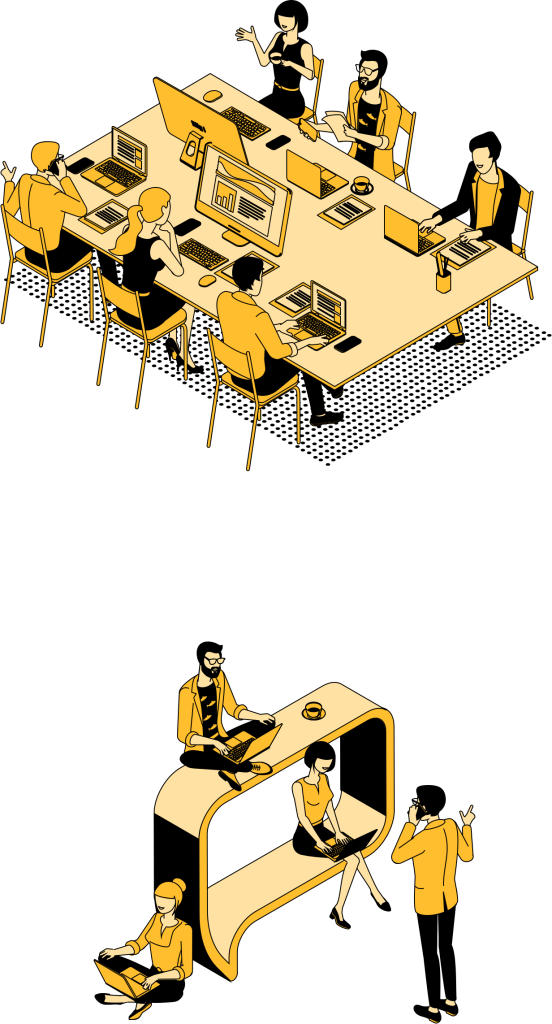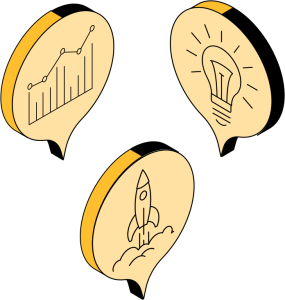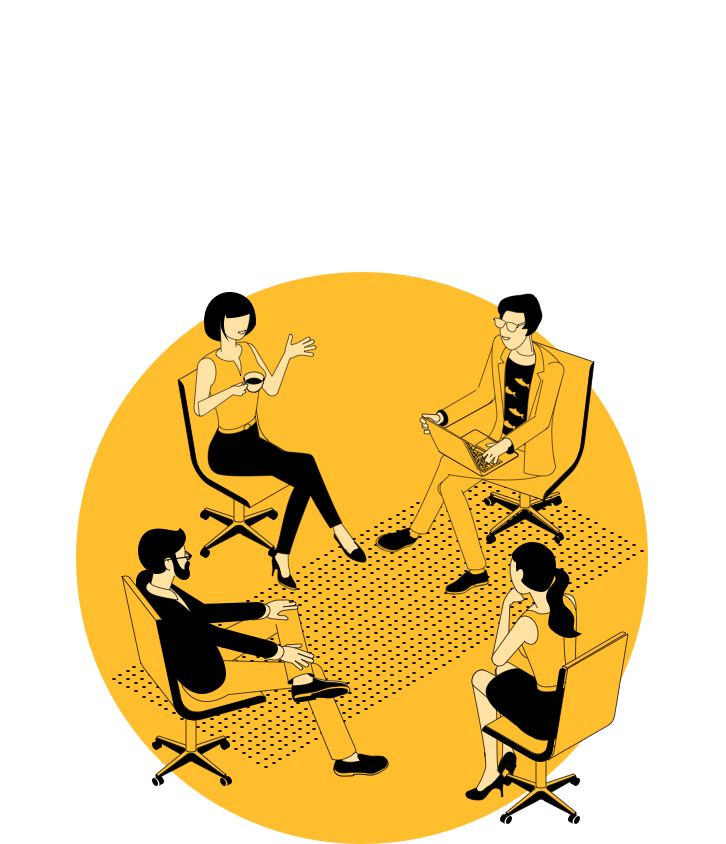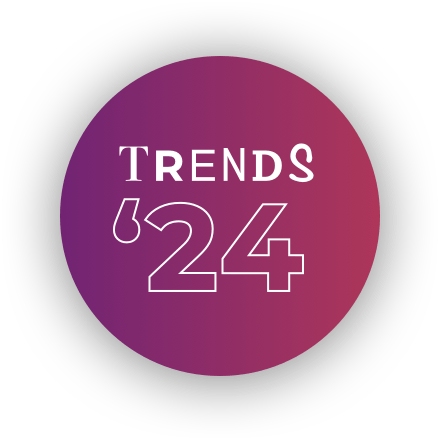
JASON DOWTY,
EDITOR
Engaging
a
six-generation workforce
For the first time in history, workspaces are spanning six generations. More octagenarians are choosing to carry on working alongside teenagers coming in for their first taste of work, but this workforce shift brings fresh challenges for effective engagement and comms strategy.
Look around the UK’s workspaces and diversity isn’t just about background. It increasingly spans generations, each with unique values, skills and expectations of work.
From the ‘Silent Generation’ to ‘Millennials’, from ‘Baby Boomers’ to ‘Generation Z’, there have never been so many different age groups working together, sometimes in one team.
It can be easy to slip into ageist stereotypes. Just as many Gen Zers love listening to music on vinyl rather than on streaming services, many Baby Boomers are ‘Silver Surfers’ and as active on social media as anyone. People within generations will often vary as widely as people between generations.
While multi-generational workforces do bring many experiences and viewpoints, they pose a challenge for communications. Broadly speaking, each generation has its own comms styles and preferences, and needs to feel seen and heard in subtly different ways. How can communicators capitalise on the valuable knowledge and strengths of each generation to contribute to business success?

From ‘Silent’ to ‘Alpha’
Silent Generation
Still working, in many cases holding onto key global leadership roles. Taught to be seen and not heard. Honesty and trustworthiness are valued by this generation. Appreciate face-to-face and more formal communications.
Baby Boomers
Generation X
Millennials
Generation Z
One out of four workers is Gen Z. First generation to grow up with easy access to technology so mobile-first attitude. Technology-savvy but value human interaction. Diversity just ‘is’ – doesn’t need to be got used to. Less bound by organisational hierarchy. Having witnessed recession and economic instability fuelled by Covid and world events, this has shaken their confidence so can be risk-averse. Possesses a lot of entrepreneurial spirit, has a global perspective and wants to make a difference. Appreciate transparent and visual communications with a preference for using face-to-face, Engage, YouTube, TikTok and FaceTime; they value video, voice-command and a mobile-only approach.
Generation Alpha

4 steps to bridge the ‘6 generations

Step 1
Enhance the similarities
While it’s true that work/life balance, flexibility and ethics have become much more important to people in recent years, it’s not just reserved to Gen Z.
According to recognition and reward expert O.C. Tanner’s Global Culture Report, every generation wants the same things out of their workplace.
These include:
- A clear sense of purpose and meaningfulness
- Connection with others – preferably human
- Recognition for their work.
Ensuring that all of these things are considered and addressed in your communication strategy and content can bring together all generations.

Step 2
Create consistency
In a world where change is constant, and of concern to every employee, offering some stability and consistency in comms can be invaluable. Have a multi-channel approach so that no matter the comms preference, different generations can find information where they need it – intranet, emails, team meetings, videos, internal social channels/apps.
While it’s great to create once and publish everywhere so people can access comms in the way they want, remember to tweak your content to fit the channel you’re using. For example, using email for brief, informative and / or instructional information. Instant messaging apps like Microsoft Teams for informal messages, collaboration and socialising. Intranets for general announcements and news. And face-to-face communication for long, feedback-rich, focused, emotional or difficult conversations.
Your messaging and methods are consistent, helping people get the content in the best way for their needs.


Step 3
Get conversational
Avoid communicating AT people – all generations value conversation and increasingly expect it, so make it a two-way thing.
Find ways to facilitate knowledge transfer and relationship building, by bringing together people from different generations.
We’ve seen organisations have great success with the likes of reverse mentoring, where people from younger generations coach the older ones on their skills; or hackathons, where individuals are paired with people from outside their role, department and generation.
You can also create opportunities for informal interactions with a variety of options to suit different generational preferences, such as brown bag lunches, lunch and learn sessions, fireside chats, or coffee / break events.

Step 4
Listen, listen, listen
Modern communication should be grounded in listening. Listen to your people and adapt your style of communication to their needs. Offering a range of ways for people to connect is important.
When it comes to individuals or small teams who might be made up of only one or two generations, gauge what works best. Which communication styles or channels are most effective for each group or individual? The only way to find out is to ask.


The diversity of our world is becoming increasingly evident in our workplaces, and giving us all opportunities to learn from colleagues of all ages. The skill will be in delivering an effective mix of traditional and digital comms with a bespoke, human touch.
But the starting point is understanding your audiences. So have a chat with your HR colleagues to see if they have any data that can help you build a picture of the generational groups within your organisation. If not, you could run a workshop to create some new audience profiles.
Not sure where to start? Our Insight team can help you to plan and facilitate – contact paul.jones@sequelgroup.co.uk to find out more.
